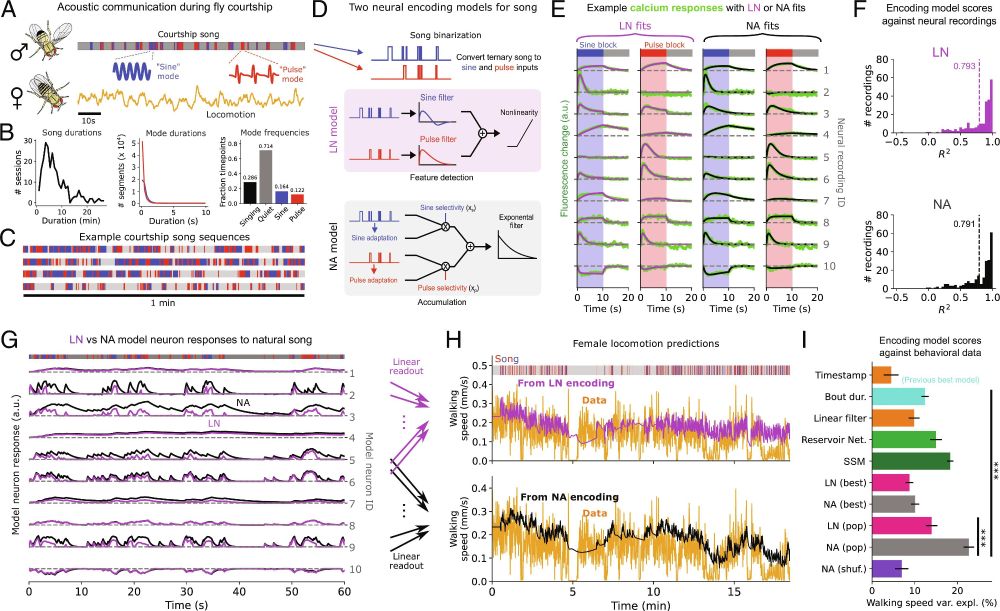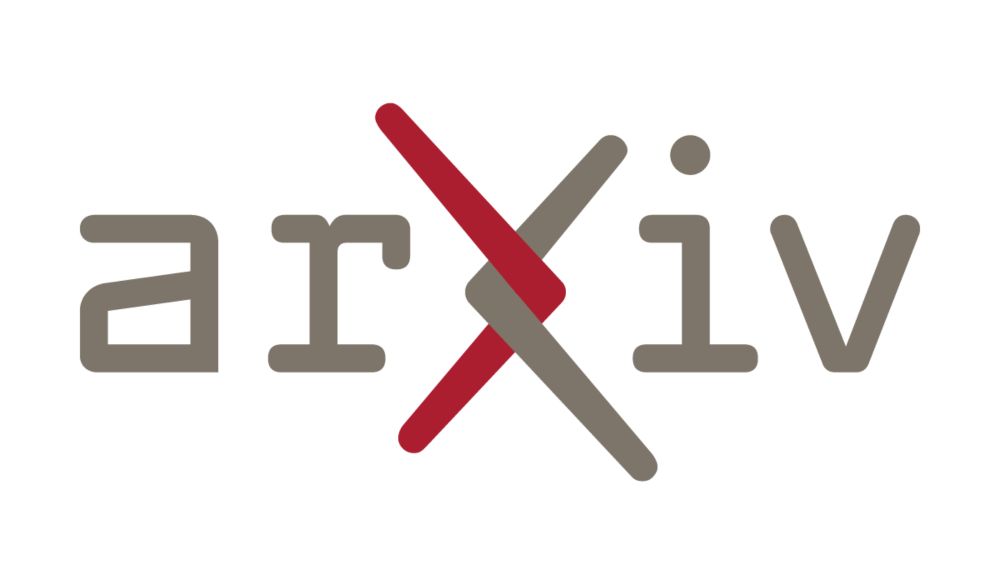
Computational Neuroscience! Lets figure the brain out before we're dead! Recruiting PhDs via CS, ECE & Psych. We study stats methods, mechanistic model inference (w/ connectomics), sensory coding & more. Reach out! deanp@illinois.edu
Computational Neuroscience! Lets figure the brain out before we're dead! Recruiting PhDs via CS, ECE & Psych. We study stats methods, mechanistic model inference (w/ connectomics), sensory coding & more. Reach out! deanp@illinois.edu


By @avaskham.bsky.social
www.thetransmitter.org/funding/mult...

(1) NIH doesn't fund truly high impact research
(2) NIH needs to experiment with alternative approaches to peer review, particularly for high risk-high impact research
1/n
(1) NIH doesn't fund truly high impact research
(2) NIH needs to experiment with alternative approaches to peer review, particularly for high risk-high impact research
1/n
Per a source with knowledge, for all internal research (of which there is like $10 billion worth or so), ALL purchasing shut down as of yesterday.
That means gloves, reagents, anything involved with lab work, which means a lot of that work will stop.
Per a source with knowledge, for all internal research (of which there is like $10 billion worth or so), ALL purchasing shut down as of yesterday.
That means gloves, reagents, anything involved with lab work, which means a lot of that work will stop.
Please consider turning on the sound for this post. The sniffs & spikes are sonified by converting the event times to MIDI.
Kick drum=inhalation times
Piano=spike times, where each note signifies the spike of a given unit
(code & preprint on the method soon)
How do brains connect odors with internal models of the world?
Our preprint suggests that the olfactory bulb participates in this connection.
www.biorxiv.org/content/10.1...

